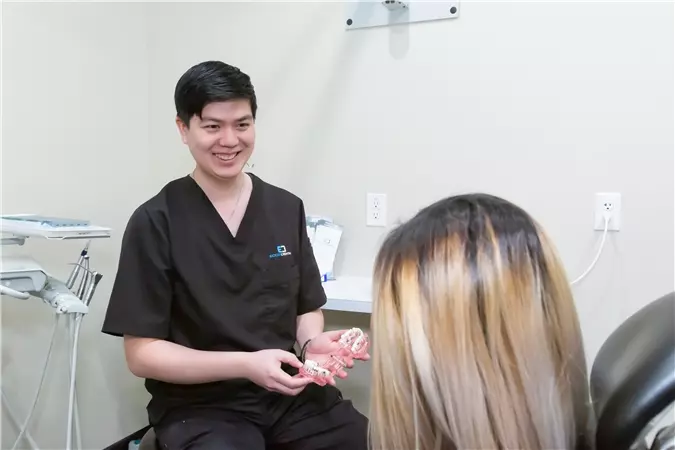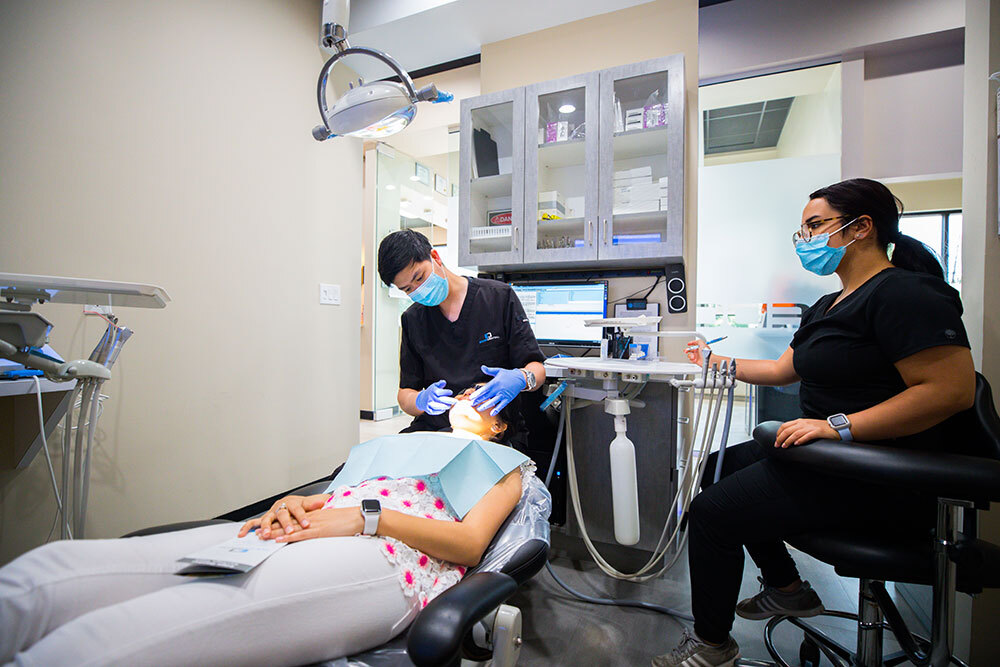How Can They Improve Tooth Extraction Procedures?
In recent years, artificial intelligence (AI) has transformed various industries, including healthcare. Dentistry is no exception. One of the most groundbreaking developments in modern dental care is the integration of AI dental X-rays, especially in procedures like tooth extraction. But how exactly do AI-driven imaging tools enhance the process and outcomes of tooth extractions?
Let’s explore how this cutting-edge technology is making dental care more precise, efficient, and comfortable for patients.
What Are AI Dental X-Rays?
AI dental X-rays are enhanced diagnostic images analyzed by machine learning algorithms. These systems are trained to detect dental issues such as cavities, bone loss, impacted teeth, and more with remarkable accuracy. The AI software reviews digital X-rays, identifies anomalies, and assists dentists in making informed decisions.
Unlike traditional imaging that relies solely on the dentist’s interpretation, AI dental X-rays add a second layer of analysis, reducing the risk of oversight and increasing diagnostic confidence.

Why Tooth Extraction Requires Precision
Tooth extraction is one of the most common dental procedures. It involves removing a damaged, decayed, or problematic tooth from the mouth. Despite its frequency, the procedure demands a high level of precision. Poorly planned extractions can lead to complications such as excessive bleeding, nerve damage, or infection.
The key to a successful tooth extraction lies in accurate diagnostics, proper treatment planning, and careful execution—all areas where AI dental X-rays play a critical role.
How AI Dental X-Rays Improve Tooth Extraction Planning
One of the main benefits of using AI in dental imaging is preoperative planning. With AI-powered tools, dentists can create a detailed roadmap of the extraction process before touching the patient’s mouth.
1. Enhanced Visualization of Tooth Anatomy
AI dental X-rays help dentists see the full structure of the tooth and surrounding tissues. This includes root length, curvature, and proximity to nerves or sinuses. Knowing these details in advance reduces surprises during the extraction and makes the process smoother and faster.
2. Risk Assessment and Complication Prevention
AI algorithms can flag potential risks such as impacted wisdom teeth or close contact with nerve canals. This early detection allows dentists to adjust their strategy, refer to a specialist if needed, or prepare for surgical extraction instead of a simple one.
3. Improved Communication with Patients
AI-generated insights and visual aids help dentists explain the procedure to patients more clearly. Patients can view 3D models or highlighted X-ray images showing the problem area, which builds trust and reduces anxiety about the extraction.
AI Dental X-Rays Support Real-Time Decision Making
In complex cases, AI doesn’t just assist before the procedure—it helps during the extraction too. For example, some modern clinics use chairside imaging systems with AI support that update in real-time. These systems allow the dentist to monitor their progress and make adjustments immediately.
This dynamic approach improves patient outcomes, reduces chair time, and increases the dentist’s efficiency. It also lowers the likelihood of post-operative complications.
Faster Recovery and Better Outcomes
By aiding dentists in removing the tooth more efficiently and safely, AI dental X-rays contribute directly to a smoother recovery. A clean, precise extraction typically results in less tissue trauma, which means reduced swelling, less pain, and faster healing for the patient.
Moreover, AI tools can assist in planning the next steps after extraction—whether that’s dental implants, bridges, or orthodontic adjustments—based on data-driven predictions of how the mouth will adapt post-procedure.

A Look into the Future of AI in Tooth Extractions
The future of tooth extraction will likely see even deeper integration of AI. Imagine a fully automated workflow where AI scans the patient’s mouth, diagnoses the issue, creates a treatment plan, and supports the dentist throughout the extraction.
Emerging technologies like augmented reality (AR) guided by AI could even provide visual overlays during surgery, highlighting nerves or infection zones to avoid. This would bring tooth extraction safety and success rates to new heights.
Are There Any Drawbacks?
While the benefits are clear, AI dental X rays still depend on human oversight. No matter how advanced the software is, a skilled dentist must validate the AI’s recommendations. Training and implementation costs can also be a barrier for smaller practices, though prices are gradually becoming more accessible.
Conclusion:
AI dental X-rays are revolutionizing how dentists perform tooth extractions. By improving diagnostics, reducing risks, and streamlining the procedure, they ensure better results for both patients and professionals.
If you're facing a potential tooth extraction, consider visiting a dental clinic that utilizes AI-driven imaging. The added layer of precision could make all the difference in your experience and outcome.
Comments
Post a Comment